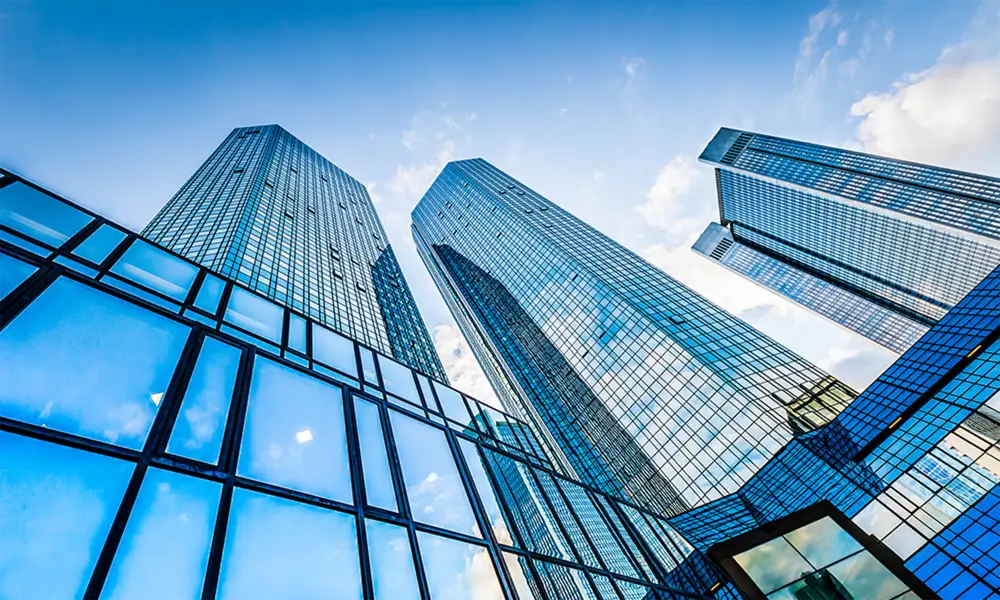

Understanding Low-E3 Glass A Key Innovation in Energy Efficiency
In recent years, the construction and architectural industries have witnessed a growing emphasis on energy efficiency and sustainable building practices. One of the cornerstone innovations in this movement is the introduction of Low-E (low emissivity) glass, particularly the Low-E3 variant. This advanced glazing option not only enhances the energy efficiency of buildings but also elevates comfort levels for occupants while reducing overall energy costs.
What is Low-E Glass?
Low-E glass is a type of energy-efficient glass that is coated with a microscopic layer of metal or metallic oxide. This coating helps to reflect infrared and ultraviolet light, while allowing visible light to pass through. The term low emissivity refers to the glass's ability to reduce the amount of heat that escapes from the interior to the exterior of a building. Among the different types of Low-E glass, Low-E3 is particularly notable for its exceptional performance in both hot and cold climates.
The Importance of Low-E3 Glass
Low-E3 glass features a special coating that enhances its thermal insulation properties. It is designed to reflect a significant proportion of the sun's heat away from the building during the hot months, while also retaining heat during colder months. This dual functionality makes Low-E3 glass ideal for regions that experience extreme temperature fluctuations, as it helps to maintain a stable indoor climate, thereby increasing comfort for occupants.
In addition to its thermal benefits, Low-E3 glass also filters harmful UV rays, which can cause fading of interior furnishings and artwork. This added protection helps to preserve the aesthetics and longevity of a building’s interior, making it a wise choice for homeowners and commercial property owners alike.
Energy Efficiency and Cost Savings
One of the most compelling reasons to consider Low-E3 glass in building design and renovation is its potential for energy savings. Traditional glazing options often allow significant heat loss during winter and excessive heat gain during summer. This inefficiency can lead to higher heating and cooling costs, resulting in substantial energy bills.

Low-E3 glass, on the other hand, minimizes these costs. Studies have shown that incorporating Low-E3 glass into a building’s design can reduce energy consumption for heating and cooling by up to 30% or more. Over time, the investment in Low-E3 glass can pay for itself through lower energy bills, making it not only a financially sound choice but also an environmentally responsible one.
Applications of Low-E3 Glass
The versatility of Low-E3 glass makes it suitable for a wide range of applications. It can be utilized in residential windows, commercial buildings, curtain walls, and skylights. Architects and builders are increasingly turning to Low-E3 glass as a standard for new constructions, as well as for retrofitting existing buildings to enhance their energy performance.
Moreover, the aesthetic appeal of Low-E3 glass should not be overlooked. With the ability to allow natural light to flood indoor spaces without compromising thermal performance, it enhances the visual quality of interiors. This balance between functionality and beauty makes Low-E3 glass an attractive option for architects who prioritize both energy efficiency and design integrity.
Future Trends and Innovations
As the demand for energy-efficient buildings continues to rise, innovations in Low-E technology are expected to evolve. Future advancements may include coatings that provide even greater thermal performance or additional features such as self-cleaning surfaces and advanced UV protection. The ongoing research and development in this field signal a promising future for Low-E glass technology as a fundamental component of sustainable building practices.
Conclusion
In conclusion, Low-E3 glass represents a significant advancement in glazing technology, providing essential energy efficiency benefits while maintaining aesthetic appeal. Its ability to reduce heating and cooling costs, protect interior spaces from UV damage, and enhance occupant comfort makes it an invaluable asset for modern construction. As energy efficiency becomes increasingly prioritized in building design, Low-E3 glass will likely continue to play a pivotal role in shaping sustainable and cost-effective architectural solutions. Embracing such innovations not only contributes to reduced environmental impact but also sets a standard for responsible living in an ever-evolving world.